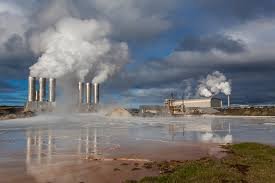The quest for reliable and sustainable energy storage is paramount in the global transition to renewable sources. While batteries, pumped hydro, and hydrogen continue to evolve, one often-overlooked contender, geothermal energy, is emerging as a potentially ideal solution. Its inherent ability to provide baseload power, coupled with innovative thermal energy storage applications, positions geothermal energy as a cornerstone of future energy systems.
Geothermal as Energy Storage: Unlocking Earth's Thermal Battery
The Earth itself acts as an immense thermal battery, constantly radiating heat from its core. Geothermal energy taps into this natural heat. Traditionally, geothermal energy refers to power plants that harness hot water or steam from deep underground reservoirs to generate electricity. However, the concept of geothermal energy storage goes a step further. It involves the deliberate injection and extraction of thermal energy into and from the subsurface, essentially turning geological formations into vast, natural heat reservoirs.

Various types of geothermal energy storage systems exist. Borehole Thermal Energy Storage (BTES) utilizes a network of boreholes drilled into the ground to store heat in the solid rock. Aquifer Thermal Energy Storage (ATES) systems, on the other hand, use natural groundwater aquifers to store and retrieve thermal energy.
These systems can store heat collected during periods of low demand or from other renewable sources, like solar thermal, and release it when energy is needed for heating, cooling, or even electricity generation. This makes geothermal energy a flexible and efficient buffer against the intermittency of other renewables. The beauty of geothermal energy as a storage medium lies in its immense capacity and long-term viability, providing a stable, always-available resource unlike the fluctuating nature of wind or solar.
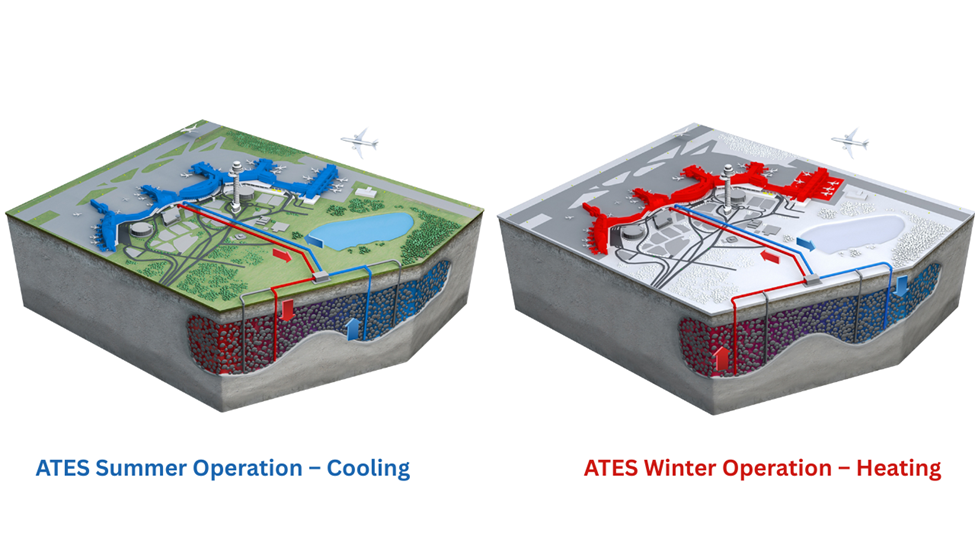
Buy Geothermal Energy Systems: Investment in Stability
Investing in geothermal energy systems, particularly for direct heating and cooling applications, offers significant long-term benefits. While the upfront costs for installing a ground-source heat pump (a common residential geothermal energy system) can be higher than conventional HVAC, the operational savings are substantial. These systems boast impressive efficiencies, often delivering 300% to 600% efficiency, meaning for every unit of electricity consumed, they deliver several units of heating or cooling. This translates to significantly reduced utility bills and a much lower carbon footprint.
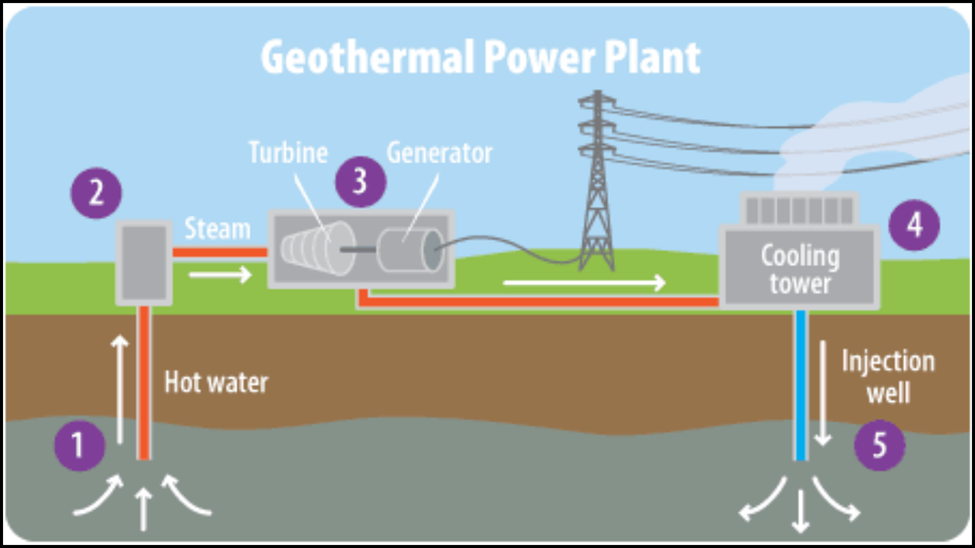
For larger-scale applications, buying into commercial geothermal energy projects or even utility-scale plants represents a strategic investment in energy independence and environmental stewardship. The increasing interest in geothermal energy from governments and private investors alike signals a growing recognition of its stability and long-term value. As technology advances, the cost-effectiveness of deploying geothermal energy systems is improving, making it an increasingly attractive option for both residential and industrial consumers.
What is Geothermal Energy? A Fundamental Understanding
At its core, geothermal energy is simply heat from within the Earth. The word “geothermal” itself comes from the Greek words “geo” (earth) and “therme” (heat). This heat is continuously produced by the slow decay of radioactive isotopes in the Earth's crust and mantle, making geothermal energy a truly renewable resource.
3 Main Ways to Utilize Geothermal Energy
There are three main ways to utilize geothermal energy:
1. Direct Use
This involves directly using the hot water from geothermal reservoirs for heating buildings, greenhouses, aquaculture, or industrial processes. Examples include hot springs for bathing or district heating systems.
2. Geothermal Heat Pumps
These systems use the stable temperature of the Earth near the surface (typically between 50 and 200 meters deep) to heat and cool buildings. They transfer heat from the ground to a building in winter and from a building to the ground in summer.
3. Geothermal Power Plants
These plants convert the heat from deep underground reservoirs into electricity. There are different types, including dry steam, flash steam, and binary cycle plants, each suited to different temperature and pressure conditions of the geothermal energy resource. The continuous nature of geothermal energy production makes it a highly reliable source of baseload power, a crucial element for grid stability.
Explore Geothermal Tech Innovations: Pushing the Boundaries
The geothermal energy sector is experiencing a wave of exciting technological innovations that are expanding its reach and efficiency. Enhanced Geothermal Systems (EGS) are a significant development, allowing for the extraction of heat from formations that lack natural permeability by creating or enhancing subsurface fracture networks. This significantly expands the geographic potential for geothermal energy development beyond traditional hotspots.
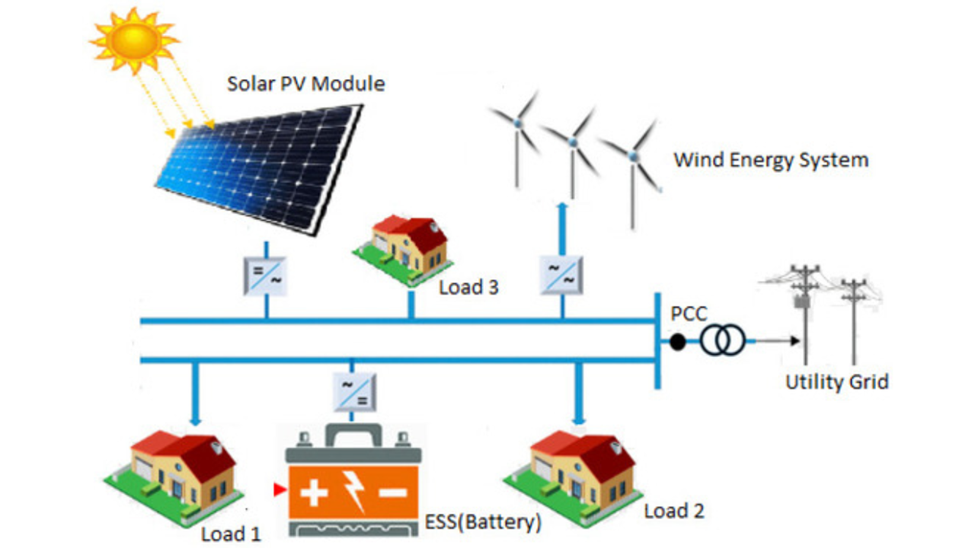
Another area of innovation lies in the integration of artificial intelligence (AI) and machine learning (ML) for optimizing geothermal energy plant operations, from real-time monitoring and predictive maintenance to reservoir management. The application of drilling technologies originally developed for the oil and gas industry is also making geothermal energy drilling more efficient and cost-effective. Furthermore, the development of advanced materials that can withstand high temperatures and corrosive environments is improving the longevity and performance of geothermal energy infrastructure. The possibility of extracting critical minerals like lithium from geothermal energy brines, as demonstrated by projects like EnBW's CASCADE in Europe, adds another layer of value to this versatile resource.
Vestas Wind Turbines and Geothermal Energy: A Synergistic Future
While geothermal energy provides a stable baseload, variable renewables like wind and solar require effective storage solutions. This is where the synergy with technologies like Vestas wind turbines becomes apparent. Vestas, a leader in wind energy solutions, is actively developing hybrid power plant solutions that integrate wind power with energy storage. While their current focus includes battery energy storage systems, the long-duration thermal storage capabilities of geothermal energy could offer a powerful complement.

Imagine a future where excess wind power generated by Vestas turbines during windy periods is used to charge a geothermal energy thermal storage system, which then releases that heat or converts it to electricity when the wind dies down. This integration enhances grid stability and reliability, maximizing the utilization of both intermittent and baseload renewable sources. Such energy-efficient solutions are critical for a fully decarbonized grid.
Canada Geothermal Technology: A Growing Frontier
Canada, despite its vast geothermal energy potential, has historically underutilized this resource. However, this is rapidly changing. Projects like DEEP Earth Energy Production Corp.'s initiative in Saskatchewan are pioneering Canada's first next-generation geothermal energy projects, leveraging advanced horizontal drilling techniques to access deep sedimentary formations. This project aims to produce significant baseload power and serve as a blueprint for future geothermal energy development in the country.
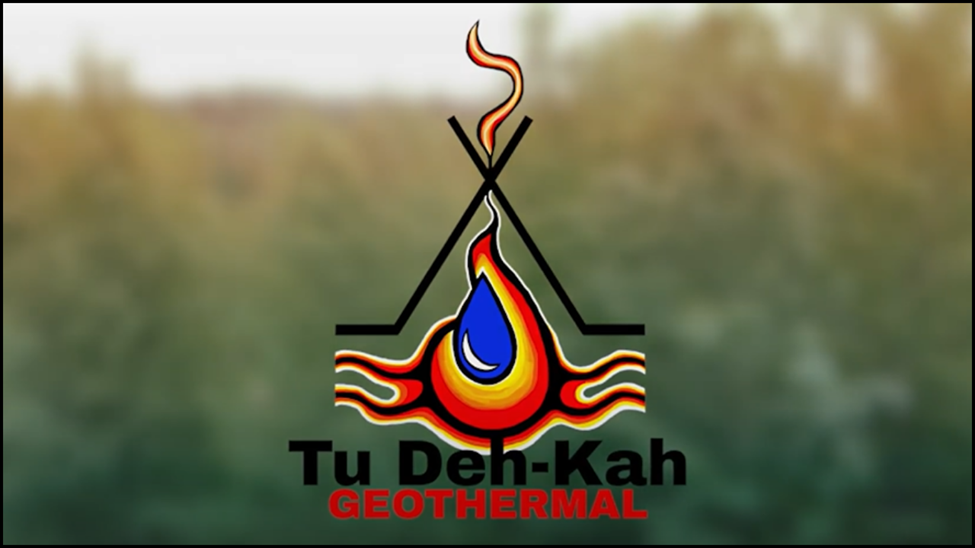
Other notable Canadian geothermal energy projects include the Swan Hills Geothermal Power Project in Alberta, which uniquely combines geothermal energy with co-produced hydrocarbon fluids, and the Tu Deh-Kah Geothermal Project led by the Fort Nelson First Nation in British Columbia, aiming to provide clean, renewable energy to the region. These initiatives, supported by government funding and a growing understanding of geothermal energy's potential, are solidifying Canada's position as an emerging player in geothermal energy technology.
Energy-Efficient Solutions: The Role of Geothermal Energy
In the broader landscape of energy-efficient solutions, geothermal energy stands out for its high capacity factor and consistent output. Unlike solar or wind, which are dependent on weather conditions, geothermal energy operates 24/7, providing a reliable and predictable source of power. This inherent stability makes it an excellent candidate for grid balancing and peak shaving, reducing the need for fossil fuel-powered backup plants.
Furthermore, the ability of geothermal energy to provide both electricity and direct heating/cooling applications makes it incredibly versatile for achieving overall energy efficiency. By displacing fossil fuels in heating and industrial processes, geothermal energy can significantly reduce greenhouse gas emissions. The continuous evolution of geothermal energy technologies, coupled with its natural advantages, reinforces its position as a vital component of a resilient, sustainable, and energy-efficient future.



